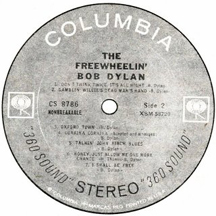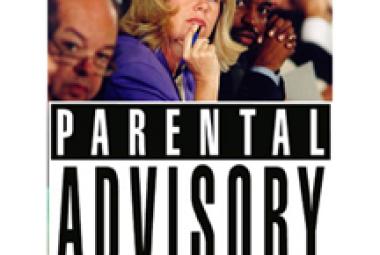“Talkin’ John Birch Paranoid Blues” is a talking blues song written by singer-songwriter Bob Dylan in 1962. It is a satirical song, in which a paranoid narrator is convinced that communists, or “Reds” as he calls them, are infiltrating the country. He joins the John Birch Society, an anti-communist group, and begins searching for Reds everywhere: under his bed, up his chimney, down his toilet, and in his glove compartment. After exhausting the possibilities, he begins to investigate himself. (More from Wikipedia)
The recording sessions for The Freewheelin’ Bob Dylan.started in April 1962, and the album had a working title of Bob Dylan’s Blues – as late as July, this was still to be the name of the album. These April sessions included wonderful songs like “Sally Gal”, “Talkin’ John Birch Paranoid Blues”, “Rambling Gambling Willie”, “Talking Bear Mountain Picnic Massacre Blues”, “The Death of Emmett Till”, and “Let Me Die in My Footsteps”, among many others. Because Bob Dylan’s songwriting was progressing so quickly, nothing from the April 1962 sessions was utilized on the album as it was finally released (though a few were included on a brief early release of the album – copies are now worth five figures). I was, however, able to enjoy them on the many Dylan bootleg albums that I acquired over the years.
(June 2013/2)















